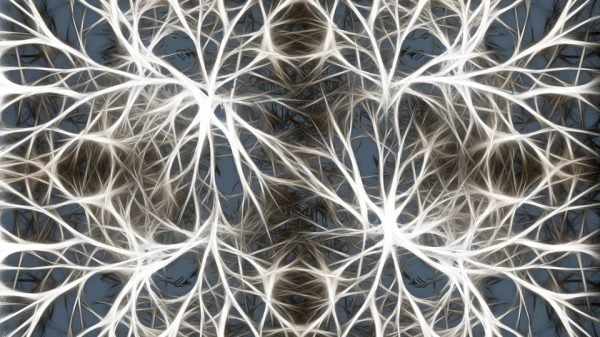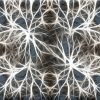The upcoming total solar eclipse in April promises to be an extraordinary scientific opportunity, amplified by a combination of advanced spacecraft and telescopes, as well as fortuitous cosmic circumstances.
This eclipse is particularly noteworthy because the moon will be exceptionally close to Earth, resulting in a prolonged period of darkness that offers scientists an extended window for observation. Moreover, the sun is expected to be more active, potentially showcasing dramatic plasma bursts.
Adding to the significance is the path of totality, densely populated and spanning from Mexico through the U.S. and into Canada. This corridor presents an ideal location for researchers to conduct experiments aimed at deepening our understanding of our planet and its celestial surroundings.
Among those seizing this opportunity is Toby Dittrich, a physics professor at Portland Community College, who plans to conduct a contemporary iteration of the Eddington experiment during the eclipse. Originally performed during the 1919 total solar eclipse, this experiment tested Albert Einstein’s theory of relativity, confirming it by observing the deflection of stars near the sun.
Dittrich explains, “In 1919, Eddington’s experiment proved Einstein’s theory because the deflections of the stars were twice as large as expected by Newton.” During totality, it becomes possible to photograph stars in close proximity to the sun, allowing for the validation of Einstein’s predictions. This experiment has been replicated numerous times since its inception.
The groundwork for such experiments was laid during the 2017 total solar eclipse, which traversed from Oregon to South Carolina. However, the upcoming eclipse offers even greater potential due to the moon’s closer proximity to Earth, resulting in a longer duration of darkness and a broader path of totality.
Dittrich emphasizes the significance of this opportunity: “The point now of continuing to perform this experiment on April 8th is because we can do it infinitely better. We can get way, way more data. We can get data close to the surface of the sun, where the bending is the maximum.”
Scheduled to commence in the Pacific and make landfall at Mazatlan, Mexico, this eclipse will then pass through Texas and 14 other U.S. states before crossing into Canada and exiting into the Atlantic at Newfoundland. While those outside the 115-mile-wide path will experience a partial eclipse, the scientific community eagerly awaits the unique insights that April’s total solar eclipse promises to deliver.




































Comment Template